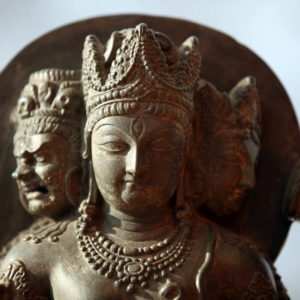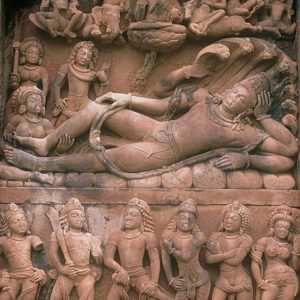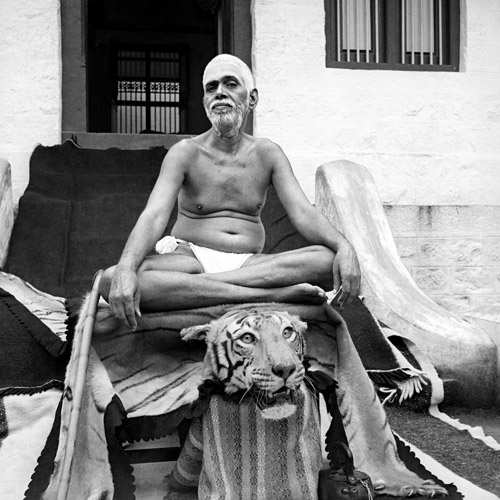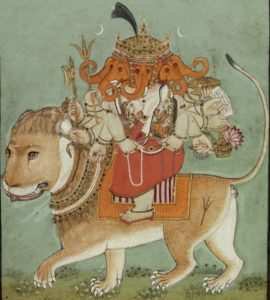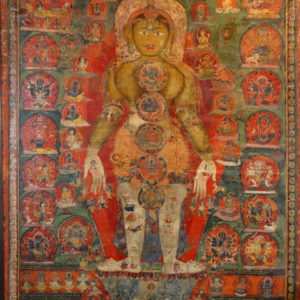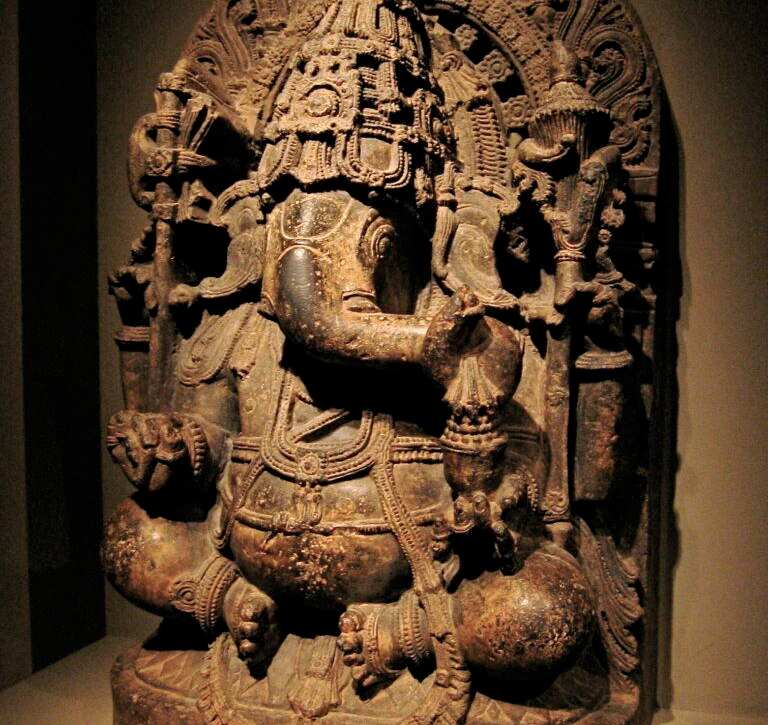Once king Janaka was having a nap in the middle of a hot day, with servants faning him and soldiers outside his door, when he saw a dream where he was fighting with an enemy king and ends up losing all his kingdom and possessions. Scared for his life Janaka runs away into the forest…


